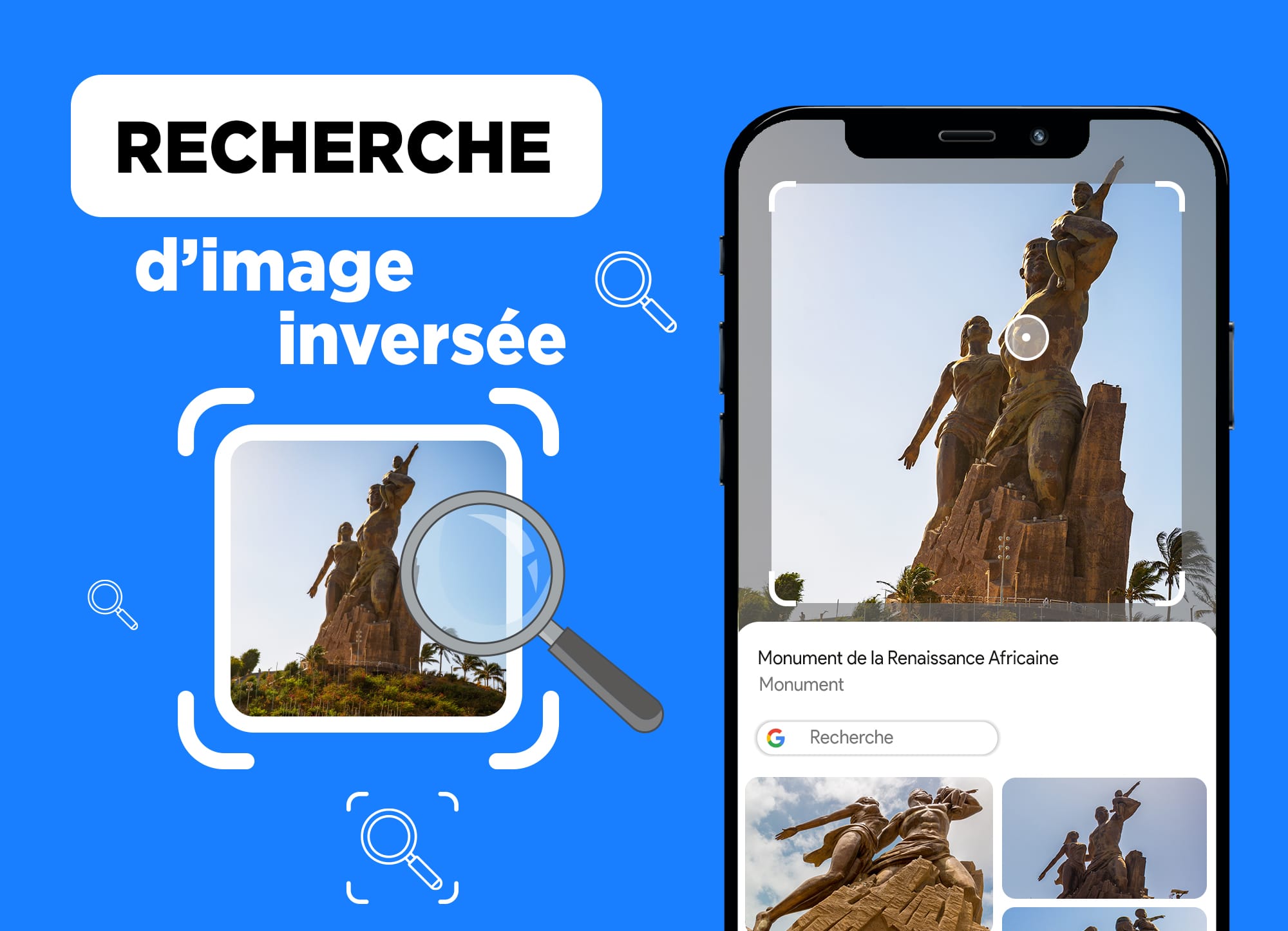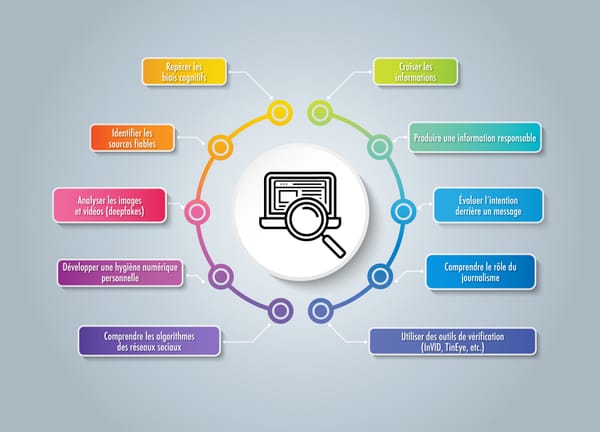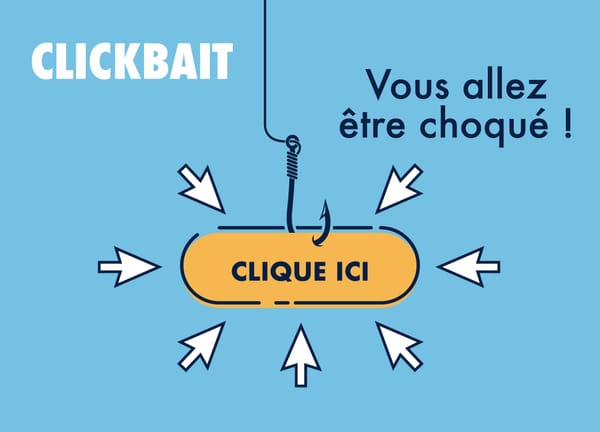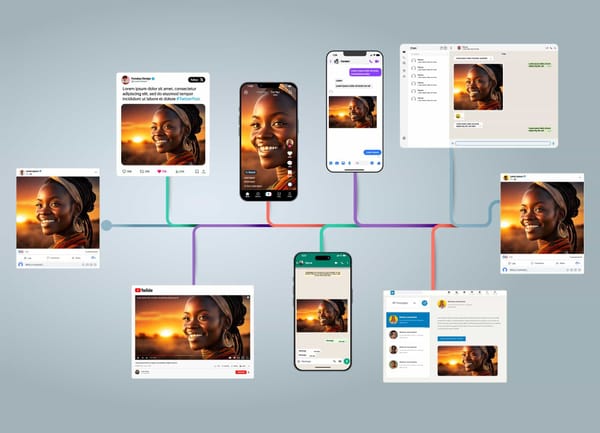The search for inverted images allows you to search for information on the web from an image rather than a text, offering new perspectives to verify the authenticity of the visual content, find the original sources and identify the unauthorized uses of the images. In particular, there are several software available to individuals, such as professionals.
Google Images: the research giant
Google Images remains the most used inverted image search tool. By downloading an image or an URL, users can obtain precise results thanks to Google algorithms. For journalists and Fact-Checkers, this platform not only makes it possible to check the authenticity of images, but also to retrace their origin.

Bing Images: an alternative perspective
Although less popular, Bing Images also offers an efficient inverted image search function. It is useful for obtaining divergent results from those of Google. For Fact-Checking professionals, Bing Images is an additional resource to confirm or deny the results obtained via Google.

Yandex Images: the Russian specialty
For Russian content or hosted on Russian sites, Yandex Images is the favorite tool. This search engine offers results often not found on Google or Bing, making it a major asset for journalists working on subjects relating to Russia or looking for images specific to this region. Yandex is essential for an in -depth verification of images in this particular geopolitical context.
Tinye: the copyright guardian
Tinye is distinguished by its specialization in the protection of copyright and the detection of unauthorized uses of images. Tineye allows content creators to protect their work and ask for credits or backlinks.
Baidu Images: The Middle Empire Telescope
For images from Chinese sites or in Chinese language, Baidu Images is essential. This search engine allows you to find images and information often absent from Western databases. For journalists and researchers, Baidu offers a unique perspective on Asian visual content, essential for international surveys and in -depth checks.
A shield against informational manipulation
Today, disinformation is a scourge amplified by the speed and scope of social networks. Images, often manipulated, play a central role in the spread of Fake News. By allowing the origin of an image to be found and detecting its modifications, the reverse image search tools represent a powerful weapon against the manipulation of information.
Another strong point: this technology makes it possible to detect Deepfakes and other forms of sophisticated digital manipulation , which has become more and more common. Deepfakes, in particular, have a major challenge for Fact Checking because of their ability to create extremely realistic, however false videos and images. Reverse image search tools analyze the visual characteristics of images, making it possible to identify subtle anomalies and inconsistencies that can go unnoticed with the naked eye. When an image is virally shared, it is often dissociated from its original contextual information. Fact-checkers can then use the search for reverse images to check its traceability, identify the original sources and, by extension, the intentions that have motivated its diffusion.
Learn to protect yourself on the digital space
The search for inverted images is one more tool in media and information education. This skill has become essential in a society where images and videos are primary information vectors. Learning to use software like Google Images or Tineye is learning to protect yourself on the digital space and guarantee an authenticity of information.










